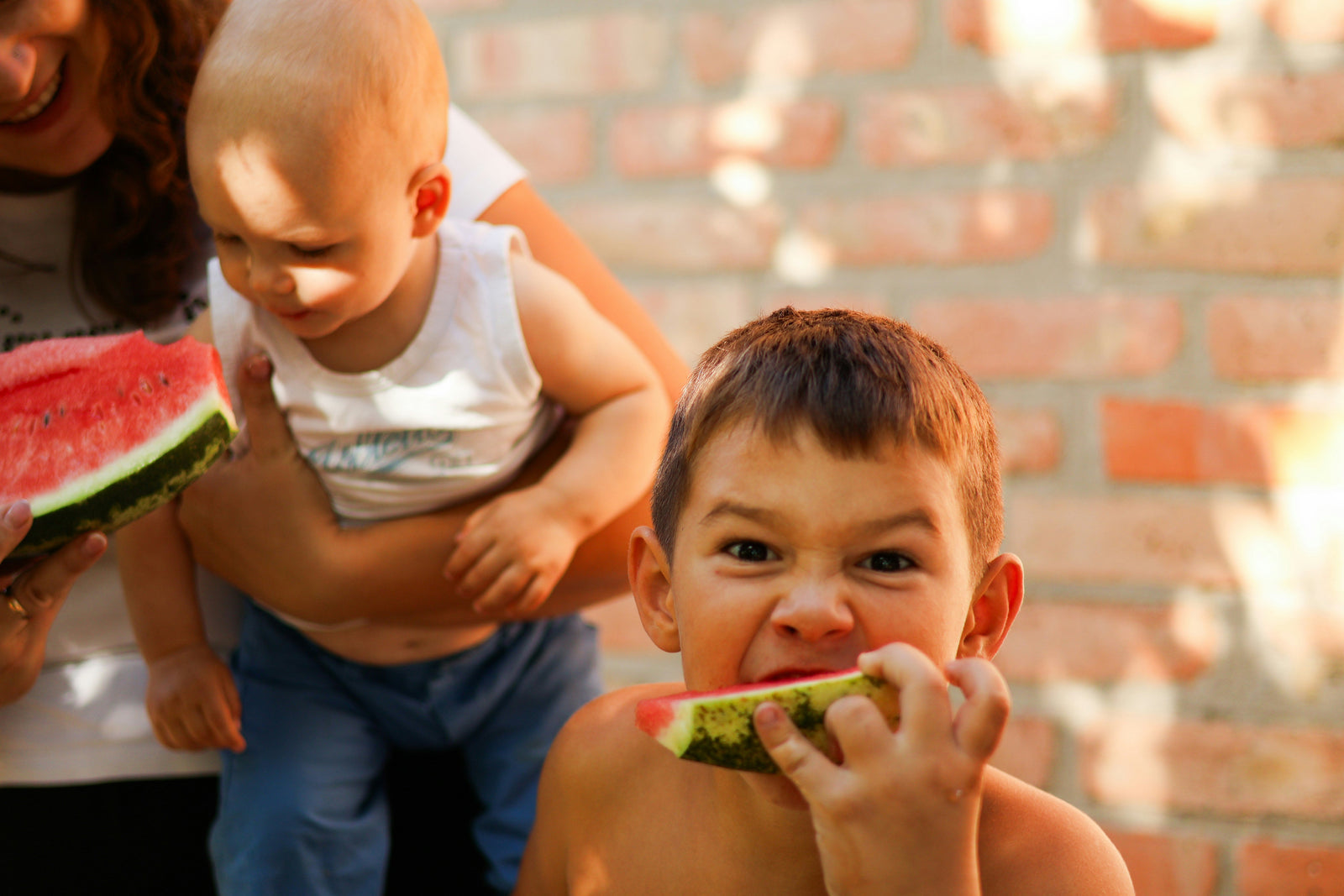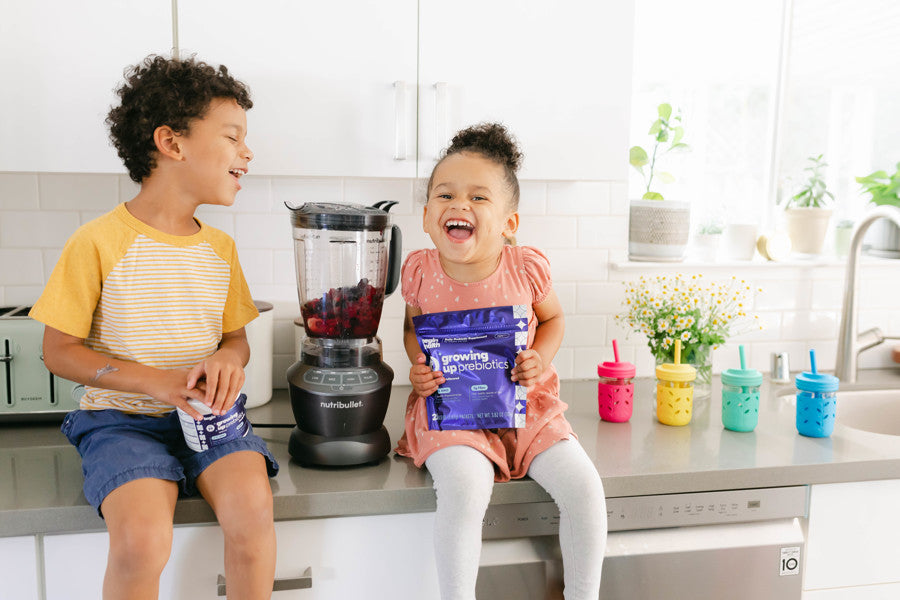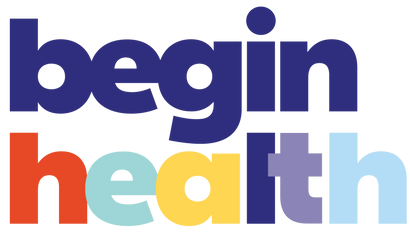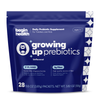Your Cart is Empty
Continue shoppingFor Growing Up Prebiotics Beginners With Irregularity Or Constipation
Medically reviewed by Kate Gerweck, MS RD LD | Published March 31, 2021
share this article
 Begin Guide to Toddler Constipation Relief: If you have a toddler or kid experiencing irregular stools or constipation, before we talk about constipation relief, like using Begin Growing Up Prebiotics, it helps to go back to the basics.
Begin Guide to Toddler Constipation Relief: If you have a toddler or kid experiencing irregular stools or constipation, before we talk about constipation relief, like using Begin Growing Up Prebiotics, it helps to go back to the basics.
There are two things our bodies need: fluids and fiber. Ready to learn more? Let’s get to the bottom of constipation!
Fluids
Why? When we drink the right amount of fluids, everything in our gut stays hydrated and passes through our guts more quickly.
What’s the right amount of fluid for constipation relief?
How much we need to drink is determined by how much we weigh. Check out what your little one needs below.
Fluid Needs by Weight / Day
-
10 pounds= 16 ounces (2 cups)
-
20 pounds = 30 ounces (3-3/4 cups)
-
30 pounds = 40 ounces (5 cups)
-
40 pounds = 48 ounces (6 cups)
-
50 pounds= 52 ounces (6 ½ cups)
-
60 pounds= 55 ounces (7 cups)
-
80 pounds= 61 ounces (7 ½ cups)
-
Over 80 pounds or an adult = 64 ounces (8 cups)
That’s a lot of fluids! We agree! This is one area that many families struggle with.
Fluid Ideas That Are Not Just Water
Plain water can get boring and soon you feel you are chasing your little one around with a sippy cup or water bottle non-stop! It’s exhausting. Some ways you can spice up plain water is by adding fruit to it like cucumber, watermelon or lemon.
Juice counts as a fluid, but the American Academy of Pediatrics just came up with strong guidance to limit juice. They say
-
Younger than 12 months: No juice
-
1 to 3 years old = 4 ounces or ½ cup
-
4 to 6 years old = 4 to 6 ounces per day (½ cup to ¾ cup)
-
7 to 18 years old = 8 ounces per day (1 cup)
Another fluid alternative to water is herbal tea. Varieties such as peppermint, chamomile, citrus, fennel, ginger, rooibos, are all safe for toddlers and kids. These can be served warm or iced. Hold off on adding sweeteners.
Last, there are endless options for other drinks. One category we want to mention are sugar-free options. Opt for varieties sweetened with stevia and monk fruit. Stevia has been found to act as a prebiotic in the body by feeding good gut bacteria.
Other artificial sweeteners need to be investigated further before we really know their long-term effects on our bodies. So when in doubt use caution.
Begin Health Expert Tip
Know how much fluids your little one needs to drink every day and get creative with different fluids like water, and iced herbal tea to keep hydration fun!
Milk is a special fluid!
Milk is the preferred drink of choice for some toddlers and kids and it counts as a fluid. But, parents must watch out for too much milk. If kids drink too much milk that can lead to constipation or worsens existing constipation. We don’t want that.
Dairy alternatives
For the kids that don’t tolerate milk, there are many milk alternatives at the grocery store. Milk alternatives like almond milk or oat milk are very different from cow’s milk when you think about nutrition. Some non-dairy milks do have added protein and are fortified with vitamins D and calcium. If you are looking for a milk substitute read the label.
Watch out for too much dairy
Toddlers and kids ages 2-8 should have no more than 2 ½ cup equivalents of dairy per day. If you are serving too much here, this could provide the constipation relief you’re looking for. Some examples provided in the Dietary Guidelines for Americans include:
Dairy Cup Equivalent:
- 1 cup milk
- 1 cup yogurt
- 1 ounce processed cheese (1 slice)
- ⅓ cup shredded cheese
- 1 ½ ounces hard cheese (1 slice)
- 1 cup soy milk
Begin Health Expert Tip
Track how much diary your little one is getting and make sure the amount is less than 2 ½ cup equivalents every day.
Understanding Fiber
Dietary fiber helps to form our poop. Sometimes fiber is called roughage or bulk, and includes plant foods your body can't digest or absorb. It passes relatively whole through your stomach, small intestine and colon and out of your body.
Daily reads to help your little ones lead happier and healthier lives.
Buy Now
Join the
Happy Gut Club
Types of Fiber
Fiber is usually referred to as soluble, which dissolves in water, or insoluble, which doesn't dissolve.
- Soluble fiber, the type of fiber that dissolves in water, forms a gel-like material in the digestive tract. It is found in oats, peas, beans, apples, citrus fruits, carrots, barley and psyllium.
- Insoluble fiber promotes the movement of poop through your digestive system and increases stool bulk. Whole-wheat flour, wheat bran, nuts, beans and vegetables, such as cauliflower, green beans and potatoes, are good sources of insoluble fiber.
Both types of fiber are equally important in the diet. The good news: most foods have a combination of both. Aim to vary the sources of fiber in your toddler and kids diet every day. You can do this by serving different types of fruits, veggies and grains.
How much fiber do toddlers and kids need?
It’s more than many parents think. #% of toddlers do not get enough fiber. Most toddlers and kids, aged 1-5 need between 15 and 20 grams of fiber per day. Kids older than this need approximately 25 grams per day (DGA). Don’t think in grams? Learn more daily fiber needs for toddlers and kids and fiber foods.
Begin Health Expert Tip
Calculate how much fiber your little one is getting every day. If there is a gap learn more about Begin Growing Up Prebiotic!
Putting it all Together for Toddler Constipation Relief
Sometimes we all need a little help! If these toddler constipation relief tips are just not going to happen in your home, Begin has built the perfect product for your family. Begin Growing Up Prebiotic is easy to use, tasteless and textureless. It is a great source of fiber to add to what you already eat.
New to prebiotics and how they help with toddler constipation relief? Learn more about them here.
How to use Growing Up Prebiotics
You want to gradually introduce this to your little one. Keep in mind that changes to a toddler and kids' diet should take time since little tummies are not prepared for big changes and can be sensitive.
Start with ½ of a packet of Begin Prebiotics per day over several days before increasing to a full dose for age. Toddlers under 4 years old can take 1 packet per day as a full dose and kids over age 4 can take up to 2 packets per day.
Summary
Add Growing Up Prebiotic to your daily routine. It’s an extra fiber boost and a perfect toddler constipation relief. Use a tracking sheet to keep a record of the foods your little one is eating, when they poop and whether their poop is hard, soft, watery, hard to pass. We want to know what happens after you start using Begin Growing up Prebiotics. Happy pooping!
You should first read our getting started page here to understand more about what Begin Growing up Prebiotics do for the developing gut microbiome.
Next, we recommend you save keep a tracking sheet to help you better understand the daily patterns and habits of your little one.
We hope this page gives you the confidence to add Begin Health Growing up Prebiotics to your gut health positive daily routine.

Author
Kate Gerweck, MS RD LD
Trending

How to Transition Kids Off Stool Softeners Safely
read now
How to Know If Your Kid Needs a Stool Softener (or Something Else)
read now
Why Parents Are Choosing Prebiotics Over Stool Softeners for Kids
read now






